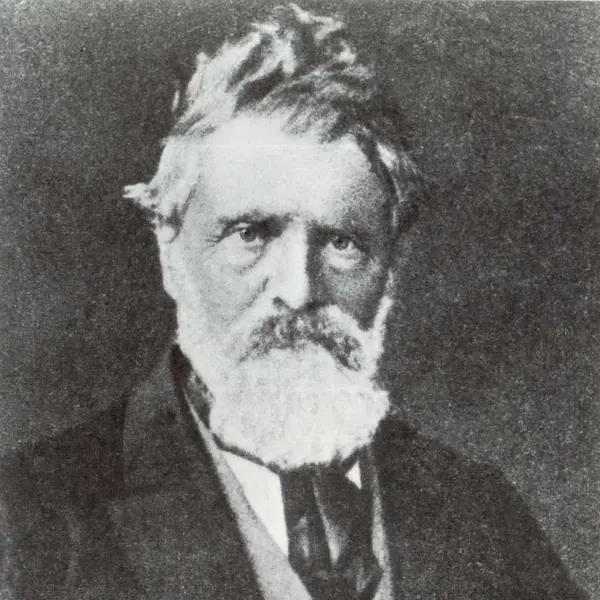

Peder Balke
1804 - 1887
Peder Balke was a Norwegian painter known for his dramatic and atmospheric landscape paintings. He was born on November 4, 1804, in Østre Toten, Norway, and is considered one of the most significant landscape painters in Norwegian art history.
Balke began his artistic career as a decorative painter. He traveled extensively throughout Norway and Europe, deeply influenced by the natural landscapes he encountered. Balke was particularly fascinated by the dramatic and unpredictable aspects of nature, and he sought to capture these elements in his paintings.
King Louis Philippe, who had spent his youth in Northern Norway, purchased two paintings by Balke featuring scenes from Trondheim and Nordkapp, where the king himself and his entourage were depicted in the foreground. The king commissioned the execution of 30 out of 33 sketches depicting Norwegian motifs, but the turmoil surrounding the February Revolution and the king's escape prevented their completion.
Balke's artworks are now represented in several renowned art collections worldwide, and he is regarded as one of the most important Norwegian painters of the 19th century. His unique and evocative landscape paintings continue to inspire and resonate with people today.
Why is Peder Balke interesting?
Peder Balke received limited recognition during his lifetime, and his works and significance were not fully appreciated until much later. With 14 paintings in the National Gallery, he is now considered a significant pioneer in Norwegian landscape painting.
















